The Homesteaders Complete Guide to Freeze Drying
Freeze drying is a handy skill to have if you plan to grow your own crops and raise your own livestock. After all, you can only eat so many fresh fruits, meats, and vegetables before they go bad. You’ll need a reliable way to preserve what you harvest.
Living on a homestead means you strive to become as self-sufficient as possible. We talked about useful tools you’ll need to succeed at homesteading in a previous blog. In this installment, we’re going to introduce you to the wonders of freeze drying.
If you’re relatively new to homesteading, you may be unaware of the benefits of investing in a high-quality freeze dryer as part of your food preservation methods. In this blog you’ll discover:
- What is freeze drying?
- Why do homesteaders freeze dry foods?
- Which foods can be freeze-dried?
- How do you freeze dry foods?
- Can you rehydrate freeze-dry foods?
What is freeze drying?
Freeze drying is the fancy way to say you’re removing water from preserved perishable foods. Why would you want to remove the water that naturally is found in certain consumables? It’s the quickest way to temporarily prevent decay and enzyme activity that affects the freshness of foods like fruits and vegetables.
During freeze drying, the perishable item reaches its maximum critical temperature before its quality degrades. Most homesteaders who freeze dry rely on special freeze-drying equipment to help them achieve this balance. We’ll talk about that more later.
Why do homesteaders freeze dry foods?
Homesteaders can grow a lot of food. If they have Jersey cattle and other livestock, they also produce a fair amount of meat each year that must be properly preserved. There are several ways you can safely store your homegrown foods for consumption later. Freeze drying is one of the most popular.
Besides preservation, there are some other reasons why homesteaders choose freeze drying their foods over other methods. Freeze drying:
- Preserves the color and shape of the original material.
- Retains nutritional value better than other drying methods.
- Upholds the intense aroma and flavor of the original material.
Freeze drying also makes food more light weight and portable. You can store more freeze-dried food with less space, making it a wise choice for preservation.
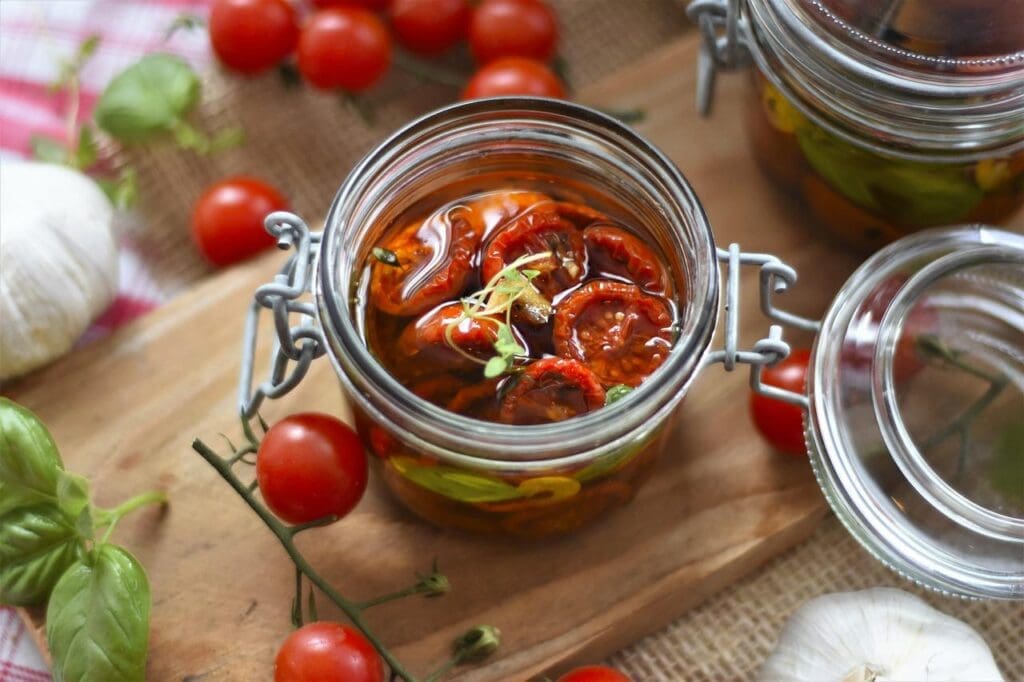
Freeze drying vs. canning and dehydrating
When it comes to the best shelf life for preserved foods, freeze drying gets the best results over canning or dehydrating. Freeze dried food can last up to 25 years! Canned items only last for 2 to 5 years.
Canning is best left for preserving jams, jellies, soups, and stews. Dehydrating is a popular option for some meats, especially if you like turning fresh meat into jerky.
There are no limitations when it comes to the types of foods you can freeze dry. It works with dairy products, cooked or raw meats, and fresh fruits and vegetables.
Health benefits of freeze-dried foods
Plenty of misconceptions exist about freeze-dried foods. One of the biggest is that freeze drying destroys vitamins and minerals found in fresh foods. The exact opposite is true. Freeze drying prevents vitamin and mineral degradation in foods so you can enjoy their health benefits for years to come.
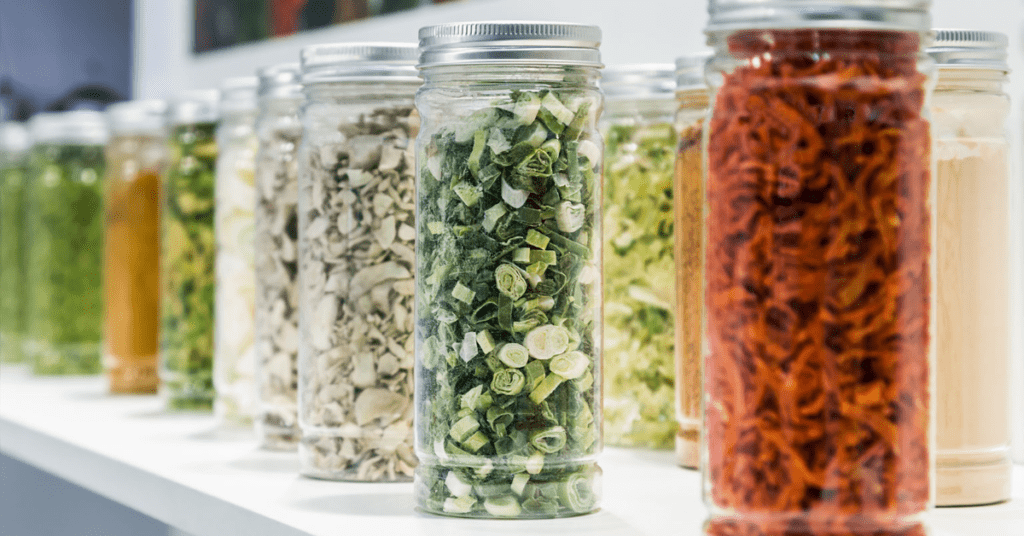
Which foods can be freeze-dried?
Plant-based foods are the most popular for freeze drying because they tend to preserve well with this method. However, they’re not the only foods you can prepare for long-term storage using freeze-drying techniques.
Some other foods that can safely be freeze-dried include:
- Beverages – coffee, juices, milk, and tea.
- Fruits – apples, bananas, blackberries, fruit puree, oranges, pears, and strawberries.
- Grains – beans, pasta, quinoa, polenta, and rice.
- Meats – beef, chicken, eggs, pork, and turkey.
- Spices – basil, garlic, ginger, mint, and oregano.
- Sweeteners – maple syrup.
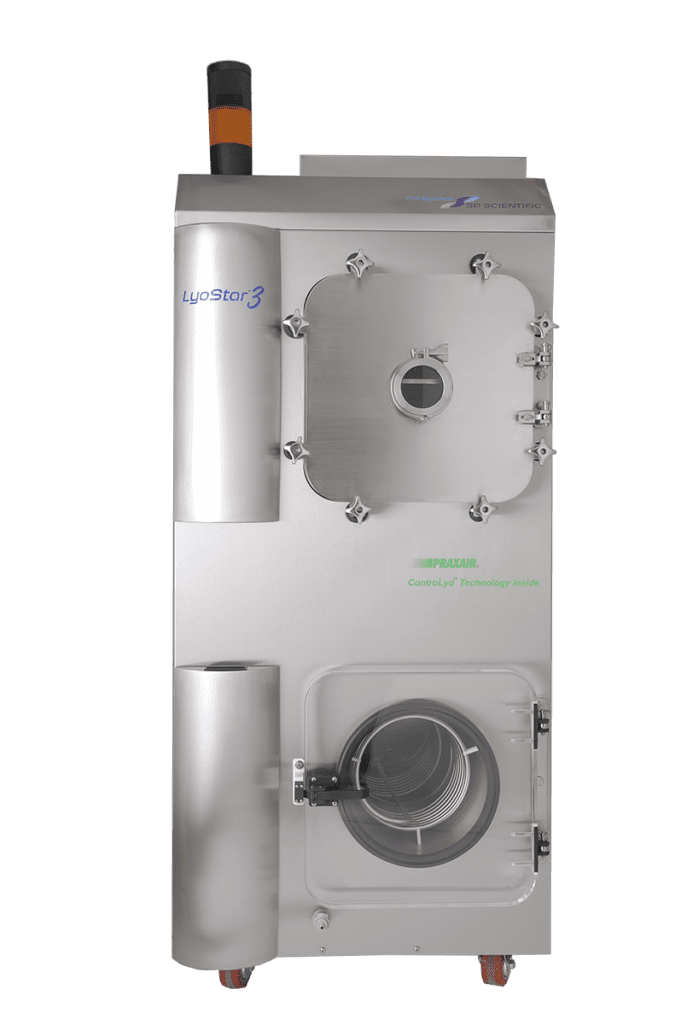
How do you freeze dry foods?
There are three phases of freeze drying: freezing, primary drying, and secondary drying. If you use a commercial freeze dryer, it automatically completes each of these three stages for you, making the process nearly failproof.
The freezing phase is the most critical of the three stages. The original material must be cooled below its triple point to ensure primary drying happens instead of melting.
During the primary drying phase, the original material’s pressure is lowered, and heat is added to redirect the moisture out of the freeze-dried product.
Lastly, the secondary drying phase removes the water molecules from the food product.
You don’t have to use a commercial freeze dryer to preserve your homestead foods. You can use a deep freezer to accomplish the same thing if you prefer. Follow these steps if you choose to forgo the commercial freeze dryer and use your own freezer instead:
- Place perishable foods on a freezer-safe plate or tray.
- Put the tray in the freezer at the lowest temperature.
- Leave the food in the freezer for 2 to 3 weeks until it’s completely freeze-dried.
- Pack freeze-dried foods in an air-tight storage bag and place them in your freezer or pantry.
Problems to avoid during freeze drying
Freeze drying is not without some problems, especially when you’re new to it. One of the biggest problems you might encounter is not getting all the moisture out of larger pieces of food. Moisture left in the center can cause the food to go rancid. Keep foods at a thickness of 10mm or less to prevent this misstep.
Another common mistake is trying to freeze dry foods with high-fat content like bacon. Fatty foods never freeze dry well. They can look like jerky after freeze-drying and tend to go rancid quickly. The same can be true for foods with high sugar content like jams and jellies, which is why we recommend sticking to canning for those items.
Lastly, never freeze dry raw meat at the same time as other foods to avoid cross-contamination issues. Raw meat carries E. coli and other harmful bacteria.
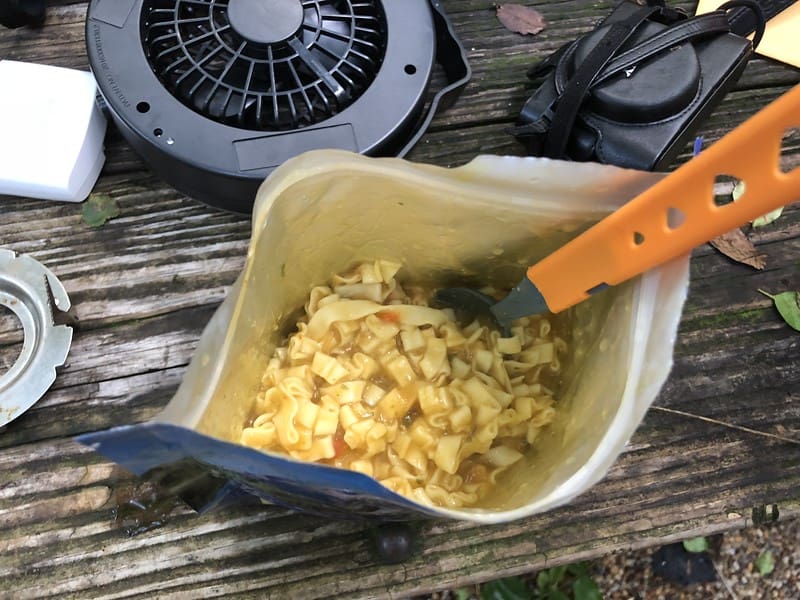
Can you rehydrate freeze-dry foods?
There’s one more reason why freeze-dried foods are superior to other preservation methods for homesteaders. While you can safely add freeze-dried vegetables into favorite recipes like soups and casseroles, did you know you also can rehydrate them?
All you need to do to return them to their original form is to soak them in clean, hot water. For leafy greens, you may want to use an alternative rehydration method like sealing them in a large freezer bag with a moist paper towel to prevent sogginess.
You can use the same rehydration protocol for freeze-dried meats. Unlike with some vegetables, you never have to worry about overhydrating freeze-dried meats.
Sources
E. coli (Escherichia coli). cdc.gov. Accessed September 16, 2022.
Freeze-Drying vs. Dehydrating. ivins.com. Accessed September 16, 2022.
Freeze-Drying of Plant-Based Foods. ncbi.nlm.nih.gov. Accessed September 16, 2022.
Stability of Vitamins B1, B2, B6, and E in a Fortified Military Freeze-Dried Meal During Extended Storage. ncbi.nlm.nih.gov. Accessed September 16, 2022.
The Role of Enzymes in Food. khni.kerry.com. Accessed September 16, 2022.
What is Freeze Drying? millrocktech.com. Accessed September 16, 2022.
In our kitchen, we only use cultures from Cultures for Health.
Get yours here and start culturing today.
Popular Articles
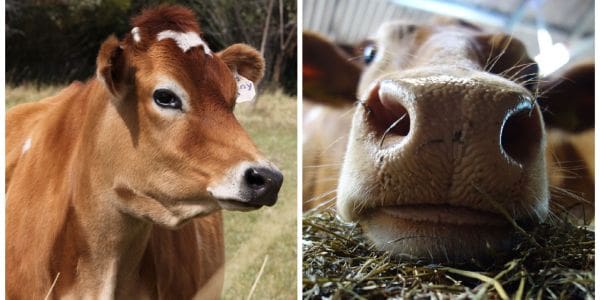
Jersey vs. Guernsey Cows: What’s the Difference?
Newsletter
Get signed up to get latest updates and new information from the Jersey Milk Cow!
This site uses Akismet to reduce spam. Learn how your comment data is processed.

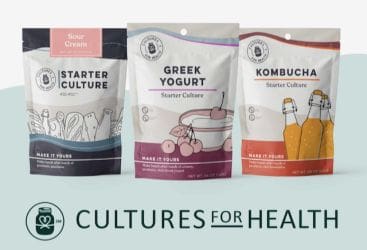



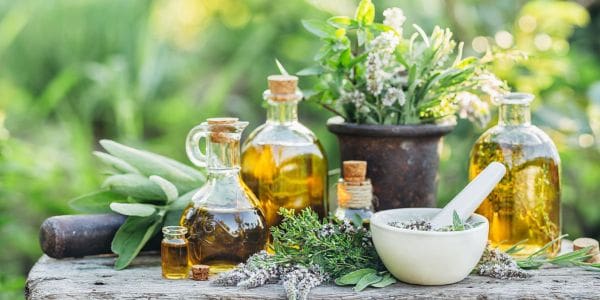



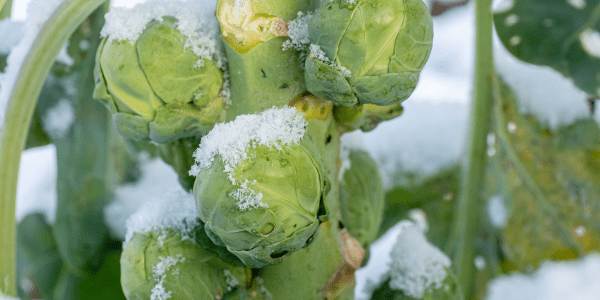

Leave a Reply